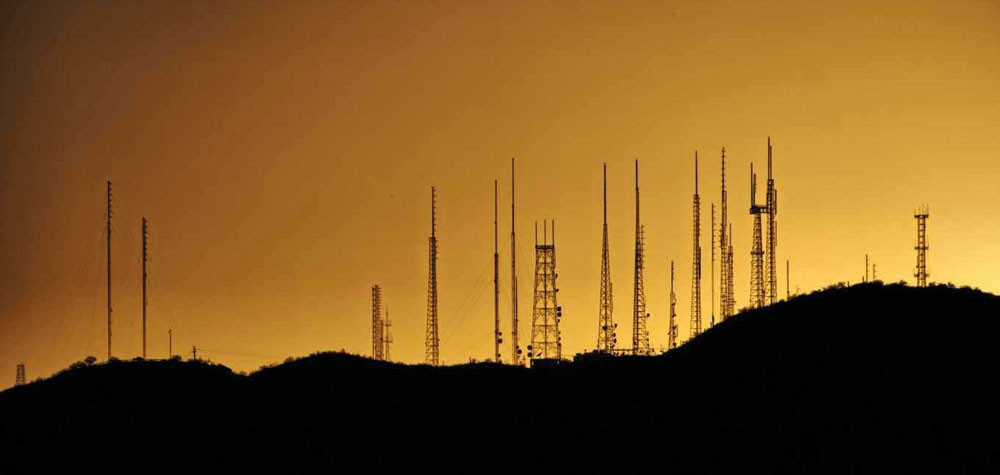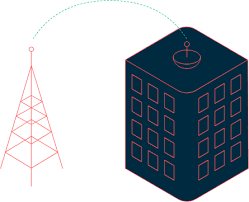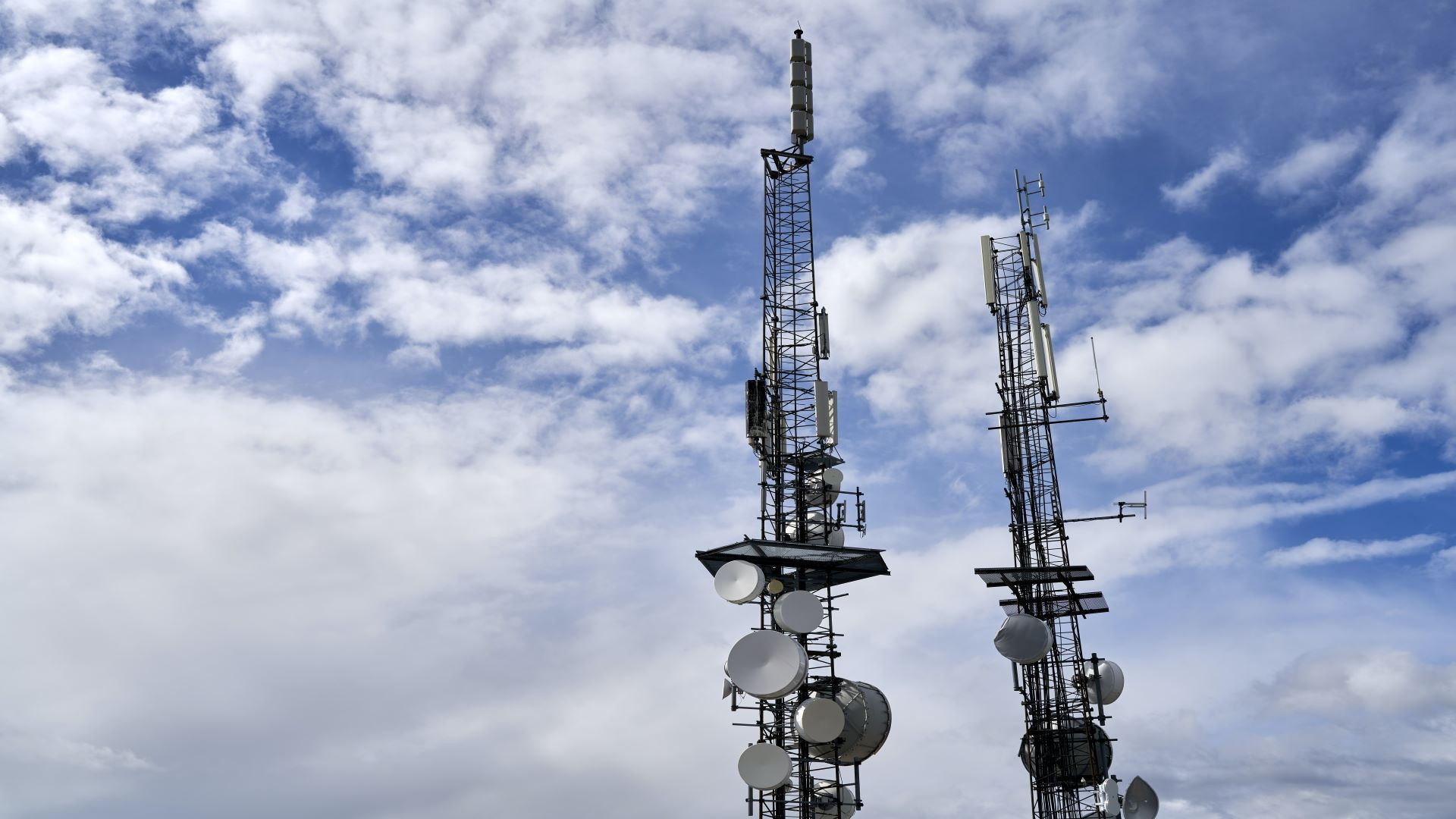Crown Castle cuts small cell outlook in half for 2021, 2022by Monica Alleven | Jul 27, 2021 12:32pmMacro sites are getting all the near-term 5G action, with Crown Castle cutting its small cell forecast for the next couple of years. (Pixabay)ShareFacebookTwitterLinkedInEmailPrintCrown Castle International expects to roll out about 5,000 small cells in 2021 compared to its previous expectation for about 10,000 small cells, a change it attributes to a combination of factors, including carriers’ desire to use macro sites for near-term 5G deployments.
According to the company’s management, it’s not that they don’t believe small cells are going to be a big hit. On the contrary, “the fundamental need for small cells continues and the unit economics remain in line with our expectation,” said President and CEO Jay Brown during the company’s second-quarter earnings call last week. Still, the company also expects to deploy about 5,000 small cells in 2022, about half of the 10,000 previously expected.
Overall, tower activity is booming at the company, triggering another increase to its full-year outlook, which now includes an expected 12% growth in adjusted funds from operations (AFFO) per share. The company reported income from operations of $333 million in the second quarter of 2021 compared with $200 million for the second quarter 2020.
However, that’s not spilling over into small cells just yet. Customers are prioritizing their 5G deployments toward macro sites rather than small cells, and that’s shifting expectations in that realm. The cancellation of Sprint small cell orders, as well as zoning and permitting challenges, affect the outlook as well.
“There’s been a reprioritization of the capital spend here in calendar year 2021 of moving toward getting those macros upgraded for 5G and re-prioritizing in the near term some of those small cells,” Brown said. “We think it’s just timing… that they’re pushing out to the right, and obviously, when you look at our results and our outlook, we’re seeing the push on that going toward towers.”
In fact, the tower activity level on the macro side is higher than they’ve seen in the company’s history, boosting its AFFO growth projection to that 12% rate, up from an earlier target of 7% to 8%. That’s expected to continue into 2022 as carriers allocate deployments on macro sites. Then, “we think it probably comes back to a more balanced activity level as we get into 2023,” he said.
Brown declined to get into specifics on which carriers are submitting applications for towers, but he said activity is increasing across the board, including with smaller operators that are outside the big four in the U.S.
In general, tower company executives expected the first deployments of C-band spectrum to be on macro sites, but a lot of earlier speculation around mid-band spectrum centered around small cells. Soon after winning the lion’s share of C-band spectrum, Verizon said it was targeting its existing locations, where it already has siting relationships for its PCS and AWS builds, correlating to macro sites rather than small cells.
In a report for investors, Oppenheimer analyst Timothy Horan noted the sharp decrease in Crown’s deployment of small cell nodes and the revenue hit came as a surprise. “Carriers are embarking on a multi-year build-out for 5G with sub-6 GHz initially,” he wrote. “This phase is leading to small cell deployment delays, but carriers will have to densify their networks to address demand for data growth.”
Raymond James analysts said the new guidance on small cell leasing activity, as carriers focus on tower deployments to meet 5G coverage goals, reinforces their view that towers are the most efficient way to deploy spectrum to the greatest population and that the central role of small cells will be augmenting capacity in heavily populated areas, such as dense urban venues, college campuses and stadiums.
Carrier self-deployments, such as at Verizon, create additional uncertainty surrounding the size and timing of a potential ramp in small cell activity at Crown Castle, wrote Raymond James’ Ric Prentiss in a July 22 report.
“We still think deployment of small cells is a question of when, not if, but this decrease supports our belief that a major acceleration in small cell nodes on air is more likely to happen beyond 2023,” he wrote. “We think tower leasing will ramp in 2H21 and 2022 as T-Mobile/Sprint integration efforts accelerate, DISH greenfield 5G network build begins in earnest, and C-Band spectrum deployments drive leasing from Verizon and AT&T. But some of this gross organic growth will be offset by elevated Sprint churn at CCI in 2023 and beyond.”
Last year, activist investor Elliott Management launched an attack against Crown Castle, saying the tower company needed to overhaul its fiber strategy, which was largely driven by its expectations for small cells
Source: Crown Castle cuts small cell outlook in half for 2021, 2022 | FierceWireless



